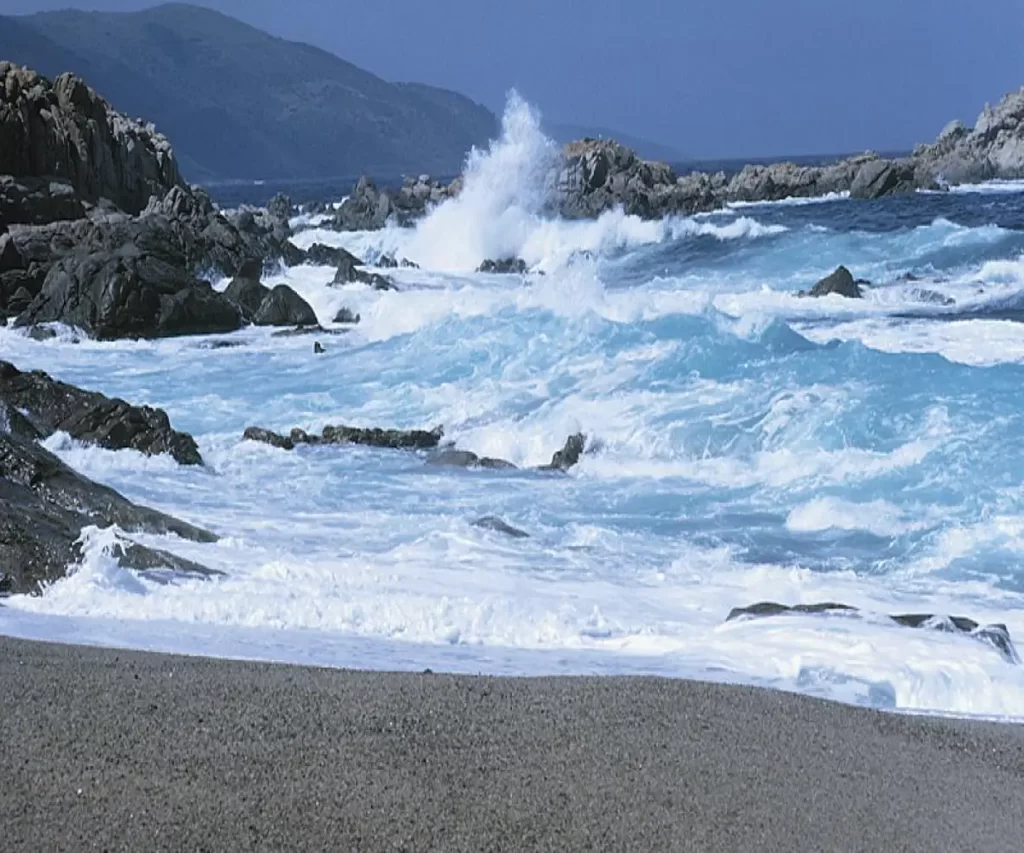
Fishing Tides Guide
Fishing is a pursuit that requires a combination of skill, knowledge, and a bit of luck. Among the myriad factors that influence a successful fishing expedition, tides play a crucial role. Understanding fishing tides is an art that seasoned anglers master to enhance their chances of a bountiful catch. In this comprehensive guide, we’ll delve into the intricacies of fishing tides, exploring what they are, how they work, and how you can leverage them to become a more successful angler.
The Basics of Tides
What are Tides?
Tides are the rise and fall of sea levels caused by the gravitational forces exerted by the moon and the sun on Earth’s oceans. The gravitational pull of the moon causes water to bulge toward it, creating high tide, while the areas between these bulges experience low tide. The sun also influences tides, albeit to a lesser extent due to its greater distance from Earth.
Types of Tides
- High Tide: The point where water reaches its highest level, occurring when the moon is directly overhead or on the opposite side of the Earth.
- Low Tide: The point where water reaches its lowest level, occurring when the moon is at a 90-degree angle relative to the Earth.
- Spring Tides: Occur during the full moon and new moon phases when the gravitational forces of the moon and sun align, resulting in higher high tides and lower low tides.
- Neap Tides: Occur during the first and third quarters of the moon when gravitational forces counteract each other, leading to lower high tides and higher low tides.
Understanding the Tide Cycle
Daily Tide Cycle
Tides follow a predictable daily cycle, typically consisting of two high tides and two low tides within a 24-hour period. The time between successive high or low tides is approximately 6 hours and 12.5 minutes, known as a tidal day.
Monthly Tide Cycle
The moon’s orbit around Earth influences the monthly tide cycle. Spring tides occur during the full and new moon phases, while neap tides occur during the first and third quarters. Understanding this cycle is crucial for planning fishing expeditions.
Impact of Tides on Fishing
High Tide Fishing
- Shallow Water Fishing: High tides bring water into shallow areas, providing access to otherwise difficult-to-reach spots where fish may be feeding.
- Casting Opportunities: Fish often move closer to the shore during high tide, presenting excellent casting opportunities for anglers.
- Ambush Points: Predatory fish use high tides to ambush prey in areas where water covers their hiding spots.
Low Tide Fishing
- Structure Exposure: During low tide, underwater structures like rocks and reefs become more exposed, attracting fish seeking shelter and prey.
- Mudflats and Sandbars: Low tide reveals mudflats and sandbars, creating feeding grounds for certain species of fish.
- Bait Concentration: As water recedes, baitfish are concentrated in smaller areas, making it easier for predators to locate and target them.
Best Times to Fish Based on Tides
Morning and Evening Tides
- Morning Tide Advantage: Fishing during the morning high tide often yields better results, as fish are actively feeding after a night of reduced activity.
- Evening Tide Advantage: Similar to mornings, evenings during high tide can be productive, especially for nocturnal or crepuscular fish species.
Slack Tide
Slack tide refers to the short period between the change from high tide to low tide and vice versa. While fishing during slack tide can be challenging, some anglers find success targeting specific structures and using finesse techniques.
Tidal Fishing Strategies
Tide Charts and Apps
- Understanding Tide Charts: Tide charts provide valuable information about the timing and height of tides in a specific location. Learning to read them is an essential skill for anglers.
- Tide Apps: Modern technology offers tide apps that provide real-time tidal information, making it easier for anglers to plan their fishing trips.
Adjusting Techniques for Tides
- High Tide Techniques: Employing topwater lures, shallow-running baits, and surface presentations can be effective during high tide.
- Low Tide Techniques: Fishing deeper waters with sinking lures or jigs and targeting exposed structures can lead to success during low tide.
Moon Phase Considerations
The moon phase can influence fish behavior. Full moons often increase feeding activity, while new moons can trigger spawning behavior. Anglers should consider moon phases when planning their trips.
Safety Considerations
- Tide Movement Awareness: Understanding the speed and strength of tidal currents is crucial for safety, especially in areas with strong tidal flows.
- Monitoring Weather Conditions: Tides are often influenced by weather patterns. Keeping an eye on weather forecasts ensures anglers are prepared for changing conditions.
- Emergency Preparedness: Tides can impact access to certain areas. Anglers should be prepared for unexpected changes and have safety gear on hand.
Conclusion to: Fishing Tides
Mastering the art of fishing tides is a continuous learning process for anglers. Whether you’re a novice or an experienced fisherman, understanding the intricacies of tides will undoubtedly enhance your fishing experience. By combining knowledge of tide cycles, fishing strategies, and safety considerations, you’ll be better equipped to navigate the dynamic world of tidal fishing and increase your chances of a memorable and successful catch. Happy fishing!